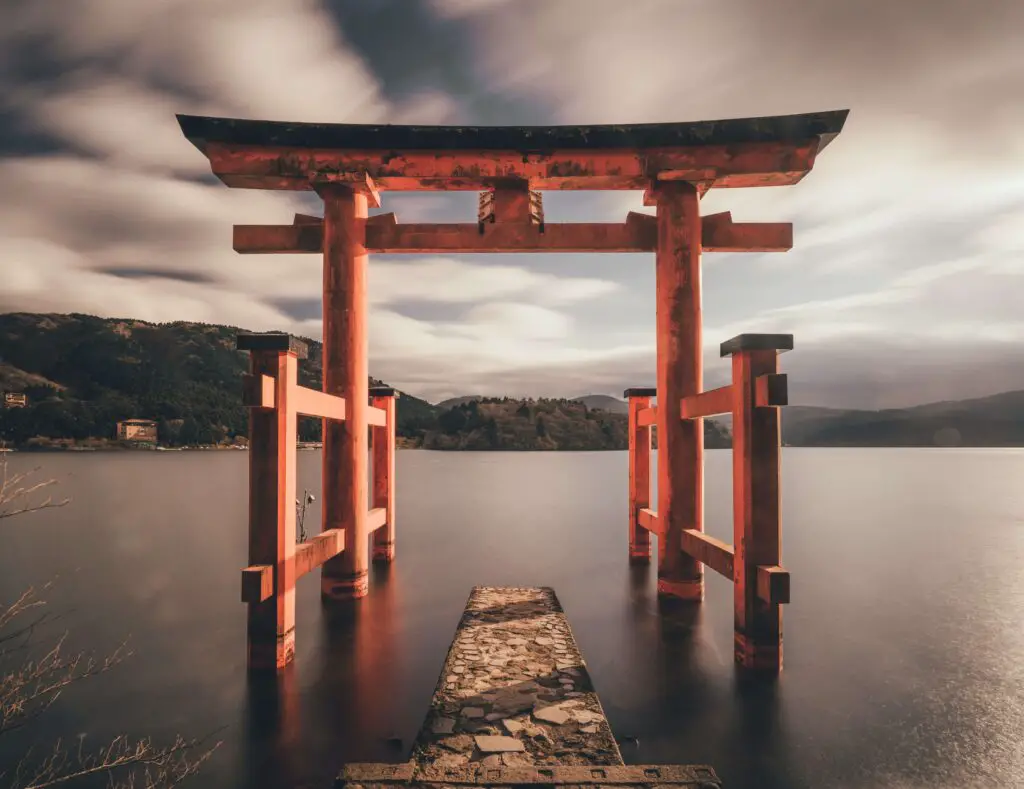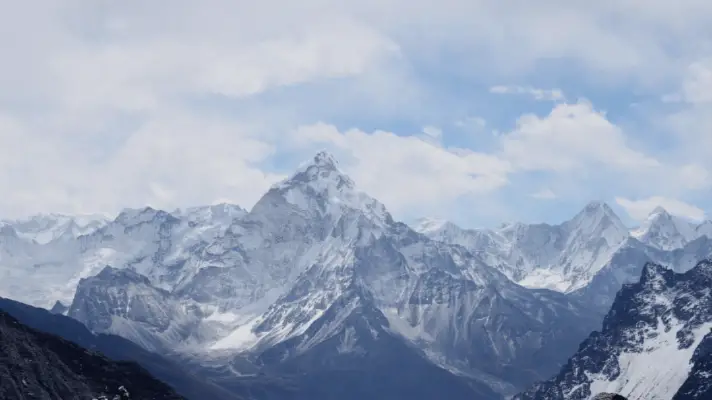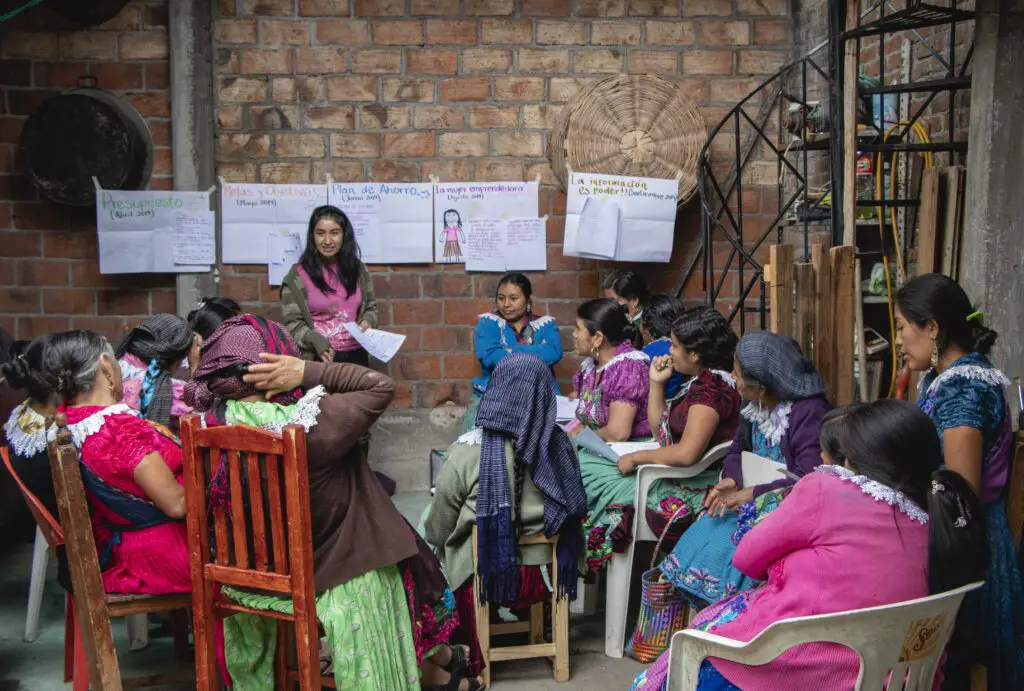When the pandemic hit, everyone closed down. Containment was key.
But while many countries have been opening their borders over the past year, Japan has notably been slow to admit foreign nationals—including students, researchers, spouses, and foreign workers. Tourists didn’t have a chance.
Finally, some of that that changed last October.
Japan’s reopening policies are forgoing the costly and inconvenient tracking apps and guided tours. But there are still some new Japan visa regulations to keep in mind.
Whether you are going to Japan as a tourist, to learn Japanese, or find employment (maybe teaching English), here are some things to note as you begin the application process.
Is Japan giving visas now?
In October 2022, Japan lifted several restrictions for tourists. For one thing, they no longer need to purchase a tour package to visit. But tourists also no longer need to deal with applications in the Entrants, Returnees Follow-up System (ERFS).
If you do need a visa, there are 7 main categories:
| 高度専門職ビザ(こうど せんもん しょく ビザ) | Highly skilled professional visa |
| 就業ビザ(しゅうぎょう ビザ) | Working visa |
| 一般ビザ(いっぱん ビザ) | General visa |
| 特定ビザ(とくてい ビザ) | Specified visa |
| 起業(スタートアップ)ビザ(きぎょう( スタートアップ) ビザ) | Start-up visa |
| 外交ビザ(がいこう ビザ) | Diplomatic visa |
| 公用ビザ(こうよう ビザ) | Official/government business visa |
Who needs a visa for Japan?
It depends on your reason for visiting. If you’re planning a short-term stay for tourism and you are from one of the 68 countries on the exemption list, you will not need a visa.
What is the duration of a Japan visa?
The duration of each visa depends on the type of visa you get and which country your from. For example, some “visa-free” countries still have a limited number of days they can stay:
- Indonesian and Thai tourists can stay for 15 days
- Those from Brunei can stay for 14 Days
- Emirates can stay for 30 days
- Other “visa-free” countries can stay for up to 90 days
But other visa categories have their own duration:
| Highly skilled professionals | Highly skilled professional: 5 years. Dependent Spouse and children of highly skilled foreign professional (Note): 5 years, 3 years, or 1yearHighly skilled foreign professional’s spouse who intends to work in Japan: 5 years, 3 years, or 1 year. Parents of highly skilled foreign professionals or his/her spouses who intend to take care of a grandchild/grandchildren (a child/children of a highly skilled foreign professional) under the age of seven or take care of a pregnant highly skilled foreign professional or their spouse: 1 year or 6 months. House servants of highly skilled foreign professionals: 1 year |
| Work visas for other professionals – professors, artists, religious activities, journalist, business managers, legal/accounting services, medical services, researcher, instructor, engineer/specialist in humanities/International services, nursing care | 5 years, 3 years, 1 year, 4 months (only for Business manager) or 3 months |
| Work visas for entertainers | 3 years, 1 year, 6 months, 3 months, or 15 days |
| Work visas for skilled labor – chefs specializing in the food of a foreign country, animal trainers, pilots, sports trainers, sommeliers, etc. | 5 years, 3 years, 1 year or 3 months |
| Work visas for specific skilled labor – Work-ready foreign nationals with expertise and skills in specific industrial fields. | (1 year, 6 months or 4 months (ii): 3 years, 1 year or 6 months |
| Technical intern training | 1 year, 6 months or a designated period of less than 1 year |
| Cultural activities | 3 years, 1 year, 6 months or 3 months |
| Student | 4 years 3 months, 4 years, 3 years 3 months, 3 years, 2 years 3 months, 2 years, 1 year 3 months, 1 year, 6 months or 3 months |
| Training | 1 year, 6 months or 3 months |
| Dependent and family stays | 5 years, 4 years 3 months, 4 years, 3 years 3 months, 3 years, 2 years 3 months, 2 years, 1 year 3 months, 1 year, 6 months or 3 months |
| Spouse or child visa of Japanese National or Permanent Residence | 5 years, 3 years, 1 year or 6 months |
| Long-term resident | 5 years, 3 years, 1 year, 6 months or a designated period of less than 5 years |
| Designated activities | 5 years, 4 years, 3 years, 2 years, 1 year, 6 months, 3 months or a designated period of less than 5 years |
| Long stays for sightseeing | 6 months, potentially up to 1 year |
| Startup visa | 6 months |
| Diplomatic visa | Depends on the timeline for their stay |
| Official stays | 5 years, 3 years, 1 year, 3 months, 30days or 15 days |
Can you apply for a Japanese visa online?
Passport holders from Canada, the United States of America, and Taiwan can apply for specific visas online:
- Short–Term Stay Business
- Visiting Relatives (except Visiting Acquaintances)
- Tourism
How long does it take to get a Japanese visa?
It can take about 5 business days to get a tourist or short-term business visa, but other visa categories may take longer to process. To reduce your waiting time for a long-term visa, you’ll need to submit your Certificate of Eligibility (COE) with your application.
A COE is essentially a document from your employer, spouse, school, or another entity that is inviting you to Japan. They must submit your COE to the local Immigration Bureau.
Do you need a covid test and insurance to enter Japan?
First off, you aren’t required to have medical insurance when entering Japan, although it is highly encouraged.
As for COVID-related restrictions or requirements, you should have either a:
- Valid COVID-19 vaccination certificate (3 doses) of vaccines on the Emergency Use List from the World Health Organization (WHO),
- Certificate of a negative result of pre-departure COVID-19 test conducted within 72 hours prior to departing from the original country/region.
COVID precautions when visiting Japan
As in most other countries, COVID-19 will continue to be an ongoing health hazard. Once you are in the country, it’s best to wear your mask, maintain social distancing rules, and use hand sanitizer frequently.
These precautions aren’t just to keep you and others safe. Private hospitals in Japan may refuse to admit you if you have COVID. And the last thing you want is to be scrambling to find medical assistance in case of an emergency.
Places to Visit That Aren’t Tokyo and Kyoto
Tokyo and Kyoto are marvelous, exciting places to visit, with countless tourist attractions. While these cities, individually, could keep you busy for weeks, there are also many other nearby cities with just as much to offer the curious traveler.
Not only will they likely be less crowded, but they may also be easier on your wallet, too.
Here are three places to see for a more local experience:
Osaka (大阪市, 大阪)
A few minutes shy of an hour away from Kyoto, Osaka is a foodie’s paradise and Japan’s financial center.
As one of Japan’s oldest settlements, you can marvel at the ancient bones of the Morinomiya Ruins or the Shitennoji temple. Of course, there is the famous 16th-century Osaka Castle, and for those who love theme parks, Universal Studios Japan.
You can also experience a taste of Osaka online via the Virtual Osaka, as well as The Museum of Oriental Ceramics.
For foodies (because it is a food paradise), you can get easy access to Kobe beef BBQ since the namesake city is only 30 minutes away from Osaka, as well as sushi, sashimi, and takoyaki.
Saga (佐賀市)
Near the southern tip of Japan, on Kyushu Island, you can find the mid-sized city of Saga. This locale is 7 hours from Osaka and a whopping 13 hours from Tokyo—at least if you’re driving. But it’s well worth the travel time.
You can experience many attractions away from the big city—like the Saga Castle Historical Museum, an ancient settlement reconstruction at Yoshinogari Historical Park, and the Yutoku Inari Shrine. There are also opportunities for day-trip outdoor adventures, such as visiting the Kiyomizu Waterwall or a one-hour excursion to the Nanatsugama Sea Caves and Hado Cape.
Sapporo (札幌市)
At the opposite end of the country is Sapporo, the capital of Japan’s northern prefecture, Hokkaido. This region offers several outdoor activities outside the frigid winter months of October to early March. There is the Shirogane Blue Pond, in which the water reflects a sky-blue color due to the presence of colloidal aluminum hydroxide. You can walk the volcanic hot springs of Jigokudani, or Hell Valley or go skiing at the nearby resorts at Niseko.
But there are several ski resorts on the outskirts of Sapporo as well. You can also see the local sites, such as the Sapporo Beer Museum, the Hokkaido Jingu Shrine, and, for families, Shiroi Koibito Park—a chocolate factory.
More resources for visiting japan
So, there’s a lot more to traveling than reading a blog, right? Here are some in-depth reads and tools to make your visit to Japan easier—whether you are going as a tourist, family member, or expat.
Travel guides
- Moon Japan: Plan Your Trip, Avoid the Crowds, and Experience the Real Japan – Includes post-COVID updates!
- Japan Travel Guide: Things I Wish I’d Known Before Going to Japan – Easy to read.
- Japan: Travel for kids: The fun way to discover Japan (Travel Guide For Kids) – Great for hyping up the vacation for kids, or helping younger ones learn more about their heritage prior to travel.
- Japan – Culture Smart!: The Essential Guide to Customs & Culture – More about culture than travel, with lots of interesting tidbits and trivia.
- Japan For First Time Travelers: Everything You Need to Know Before You Go — An easy-to-digest guide for beginners.
Visa books
- How to Get a Spouse Visa for Japan: The TranSenz Guide: Your Complete Guide to Immigration Procedures for Spouses of Japanese Nationals and Permanent Residents
- Jamaica to Japan: A Reflective Comparison of Classrooms and Cultures


